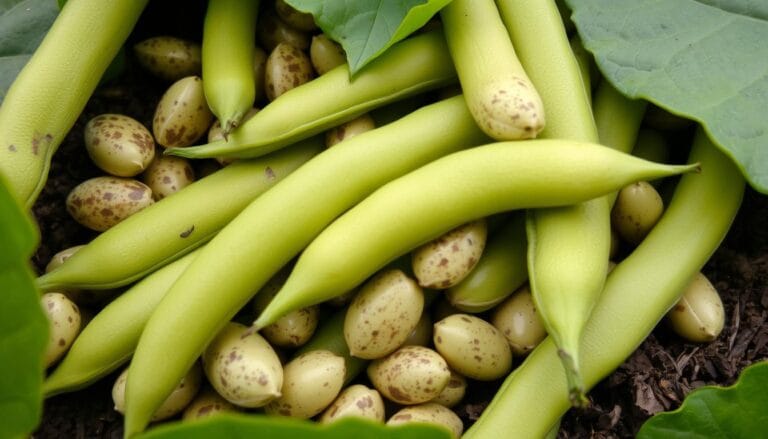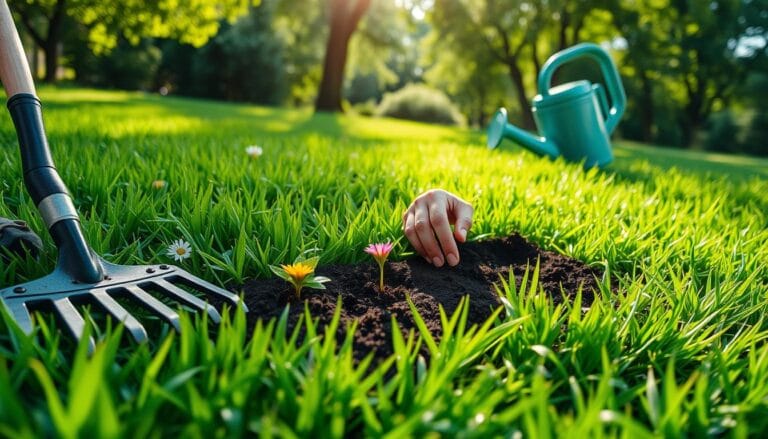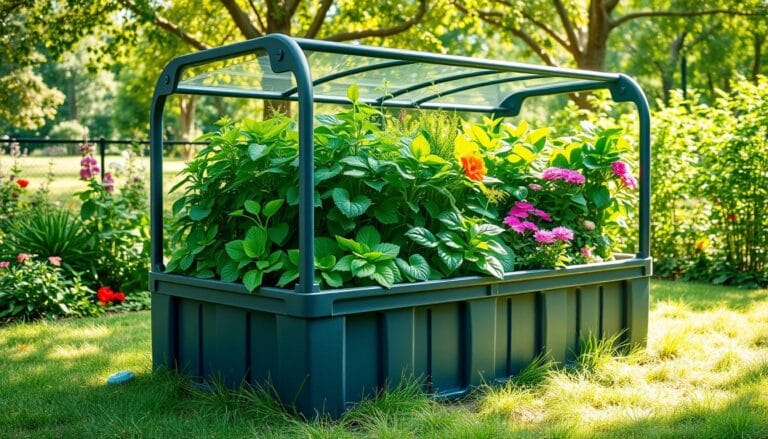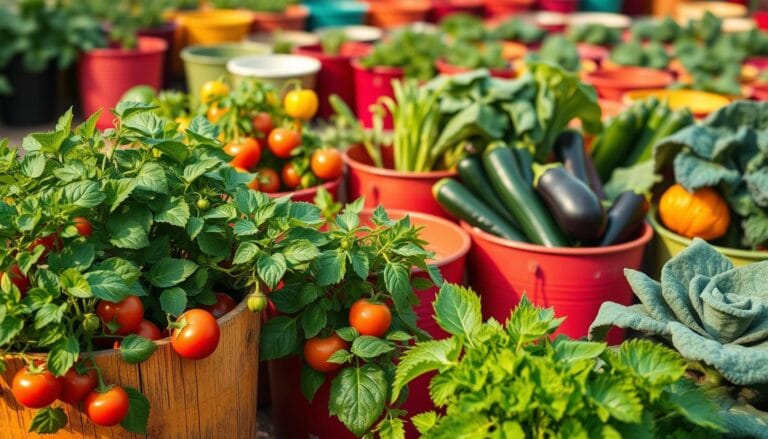Winter Garden Plants: Best Choices for Frosty Seasons

Many gardeners pack away their tools when autumn leaves fall, but savvy growers know that winter garden plants hold untapped potential for bountiful harvests. Winter gardening isn’t just possible—it’s a rewarding practice that transforms the cold season into a productive growing period. Whether you’re a seasoned gardener or just starting, this guide will help you discover the joys and benefits of cultivating winter garden plants.
Table of Contents
Winter Garden Plants: Unlock the Hidden Benefits of Winter Gardening
Winter gardening offers surprising advantages that extend beyond just having fresh produce. By utilizing your garden space year-round, you’re maximizing your property’s potential and maintaining soil health through continuous cultivation. Instead of facing the overwhelming spring rush, winter gardening allows you to spread your gardening workload throughout the year, creating a more manageable and enjoyable experience.
Perhaps most surprisingly, many vegetables develop sweeter, more complex flavors when grown in cold weather. Frost exposure triggers certain plants to convert starches into sugars, acting as natural antifreeze and resulting in sweeter carrots, kale, and parsnips. Beyond the practical benefits, winter gardening provides a powerful antidote to seasonal blues, offering purpose and connection to nature during the darker months.
Winter Garden Plants: Selecting Your Seasonal Champions
Success in winter gardening starts with choosing the right crops for your climate. Cold-hardy vegetables fall into several main categories, each offering unique benefits and growing requirements.
Leafy greens lead the pack in winter hardiness. Varieties like spinach, Swiss chard, and certain lettuce types thrive in cool conditions, providing fresh salad ingredients throughout winter. Root vegetables, including carrots, beets, and turnips, act as underground treasure troves of nutrition, protected from the harshest elements by soil insulation.
Winter Garden Plants: The Science Behind Perfect Timing for Winter Planting
Understanding photoperiod—the relationship between daylight hours and plant growth—is crucial for winter gardening success. The Persephone Period, named after the Greek goddess of spring growth, refers to the days when daylight lasts less than 10 hours. During this time, plant growth slows significantly, making timing essential for winter harvests.
To create an effective planting schedule, first determine your location’s Persephone Period using local sunrise and sunset data. Most winter crops need to reach mature size before this period begins, typically requiring them to be planted 4-6 weeks earlier than you might expect. Succession planting becomes particularly important, allowing you to maintain steady harvests throughout the growing season.
Winter Garden Plants: Indoor Seed Starting for Success
Starting seeds indoors gives winter crops a crucial head start. The controlled environment allows plants to develop strong root systems and healthy foliage before facing outdoor conditions. Soil blocking has emerged as a particularly effective method for starting winter vegetables, promoting robust root development and reducing transplant shock.
To create an optimal indoor growing environment, position grow lights 2-4 inches above seedlings, adjusting height as plants grow. Heat mats maintain consistent soil temperatures, while gentle air circulation from a small fan strengthens stems and prevents mold growth. The hardening-off process becomes especially critical for winter transplants—gradually expose seedlings to outdoor conditions over 7-10 days to build cold tolerance.
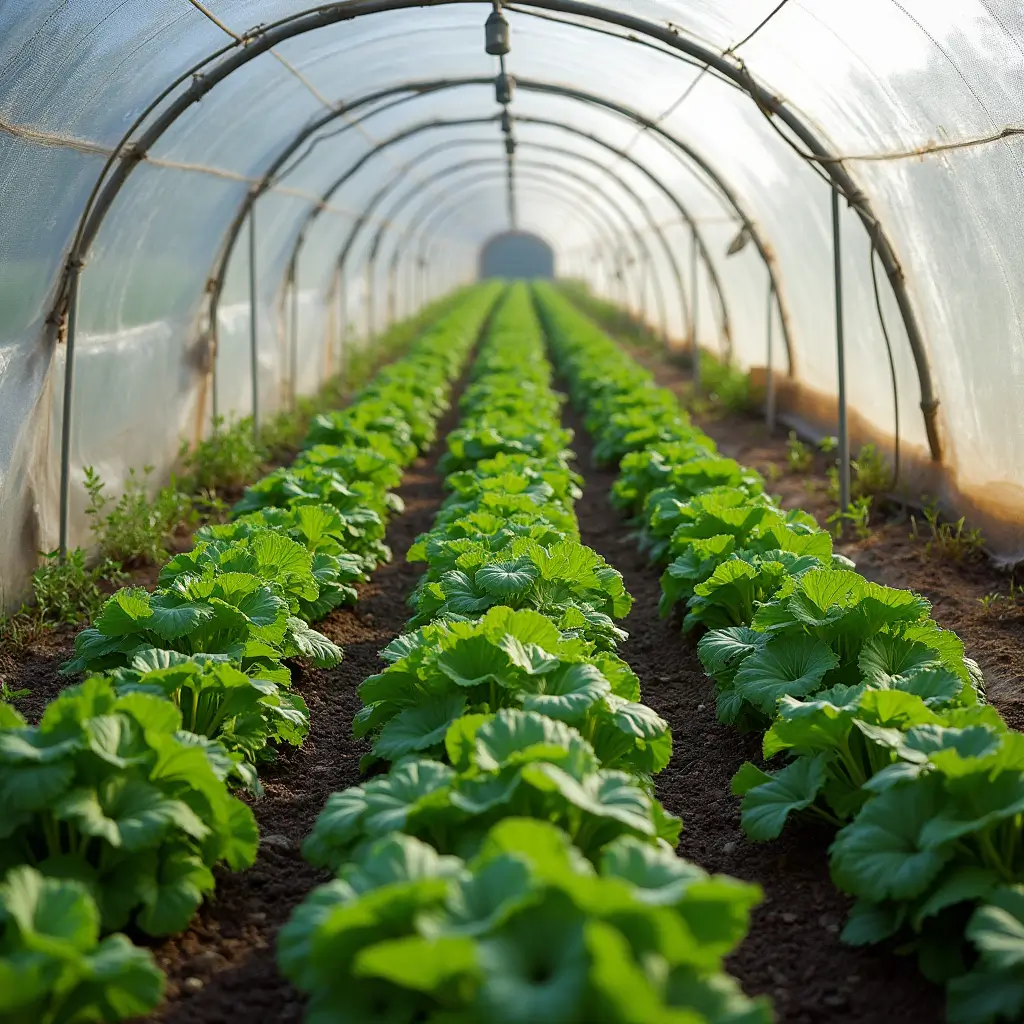
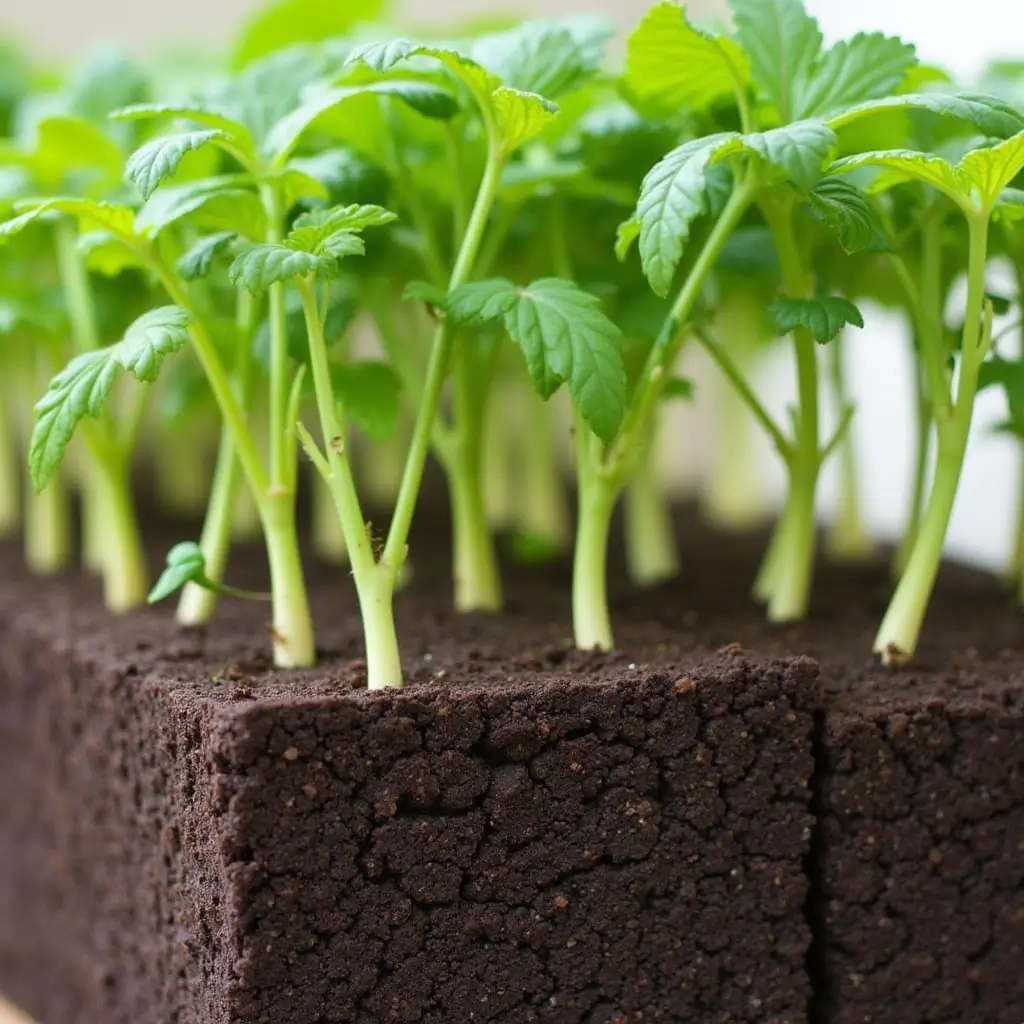
Winter Garden Plants: Building Strong Foundations with Soil Preparation
Winter gardening success relies heavily on soil quality. Fall soil testing provides valuable insights into necessary amendments, while generous compost applications improve both drainage and nutrient availability. A well-prepared soil base helps plants develop strong root systems before winter’s challenges arrive.
Mulching plays a crucial role in winter gardens, serving multiple purposes. A thick organic mulch layer insulates soil, protects root systems, and slowly releases nutrients as it breaks down. Straw, leaves, or shredded bark applied 3-4 inches deep provides excellent protection while allowing necessary air and water movement.
Remember, winter gardening success comes from careful planning, appropriate crop selection, and attention to timing. Start small, learn from each season’s experiences, and gradually expand your winter growing ambitions. Your reward will be a productive garden that defies traditional growing seasons and provides fresh, nutritious produce throughout the year.
There are no reviews yet. Be the first one to write one.

